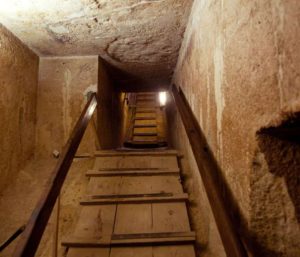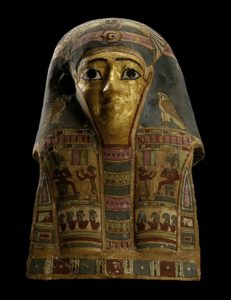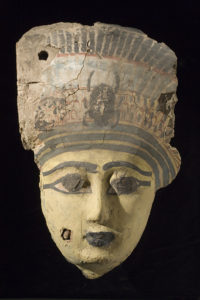Egyptian Pyramids
The Egyptian Pyramids are described as pyramid-shaped monuments, constructed mostly as funerary tombs and ceremonial complexes for the departed pharaohs during the Old Kingdom (2575 BC to 2150 BC) and Middle Kingdom (2050-1550 BC) periods.
To date, approximately 118 pyramids of various definitions have been discovered across Egypt , mainly sited on the west bank of the River Nile and grouped into several clusters or pyramid fields.
A later resurgence in pyramid construction took place in the Kingdom of Kush, after much of Egypt came under the rule of the Kushites. The Meroitic period, centred on the region of Meroë, also called the “Island of Meroë” (in modern-day Sudan) saw the construction of over two hundred pyramids across four pyramid clusters.
Architecture of Pyramid.
Old Kingdom the most characteristic form of tomb building was the true pyramid, the finest examples of which are the pyramids at Al-Jīzah (Giza), notably the Great Pyramid of King Khufu (Cheops) of the 4th dynasty. The form itself reached its maturity in the reign of Snefru, father of Khufu, who constructed three pyramids, one of which is known as the Bent Pyramid due to its double slope. Subsequently only the pyramid of Khafre (Chephren), Khufu’s successor, approached the size and perfection of the Great Pyramid. The simple measurements of the Great Pyramid indicate very adequately its scale, monumentality, and precision: its sides are 755.43 feet (230.26 metres; north), 756.08 feet (230.45 metres; south), 755.88 feet (230.39 metres; east), 755.77 feet (230.36 metres; west); its orientation on the cardinal points is almost exact; its height upon completion was 481.4 feet (146.7 metres); and its area at the base is just over 13 acres (5.3 hectares). The core is formed of huge limestone blocks, once covered by a casing of dressed limestone. Other features in its construction contribute substantially to its remarkable character: the lofty, corbeled Grand Gallery and the King’s Chamber—built entirely of granite—with five relieving compartments (empty rooms for reducing pressure).
Inside the Great Egypt
The Pyramids of Giza, like the Egyptian pyramids that came before and after them, were royal tombs, a final resting place for their pharaohs, or kings. They were often part of an extensive funerary complex that included queens’ burial sites and mortuary temples for daily offerings. The pharaoh’s final resting place was usually within a subterranean burial chamber underneath the pyramid. Although the Great Pyramid has subterranean chambers, they were never completed, and Khufu’s sarcophagus rests in the King’s Chamber, where Napoleon is said to have sojourned, deep inside the Great Pyramid.
Egyptian Mummies
The methods of embalming, or treating the dead body, that the ancient Egyptians used is called mummification. Using special processes, the Egyptians removed all moisture from the body, leaving only a dried form that would not easily decay. It was important in their religion to preserve the dead body in as life-like a manner as possible. So successful were they that today we can view the mummified body of an Egyptian and have a good idea of what he or she looked like in life, 3000 years ago.
Mummification was practiced throughout most of early Egyptian history. The earliest mummies from prehistoric times probably were accidental. By chance, dry sand and air (since Egypt has almost no measurable rainfall) preserved some bodies buried in shallow pits dug into the sand. About 2600 B.C., during the Fourth and Fifth Dynasties, Egyptians probably began to mummify the dead intentionally. The practice continued and developed for well over 2,000 years, into the Roman Period (ca. 30 B.C.–A.D. 364). Within any one period the quality of the mummification varied, depending on the price paid for it. The best prepared and preserved mummies are from the Eighteenth through the Twentieth Dynasties of the New Kingdom (ca. 1570–1075 B.C.) and include those of Tutankhamen and other well-known pharaohs. It is the general process of this period that shall be described here.



